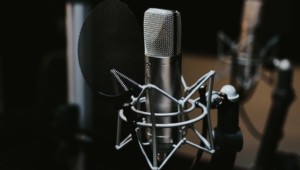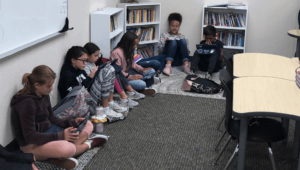An Update on Apple in Education

Over 8 million iPads have been purchased by schools and colleges–4.5 million by K-12 schools in the U.S. There are more than 75,000 learning apps in the Apple store.
In the Year since the release of iBook Author, 3 major publishers have begun using this format covering 100 percent of core high school curriculum is covered.
Historically for higher education lectures, iTunesU recently passed one billion downloads of the more than 600,000 audio and video files. No MOOC envy here, launched six years ago, iTunesU was massive and open before it was cool. There are now 2,000 courses for K-12 and more than 1,500 high schools actively using the content. With a dedicated course manager app, teachers can curate content, link to other content sources, and easily communicate directly with students.
Going 1:1. Way back in 2000, the state of Maine announced that it was buying Apple laptops for all of its seventh graders. No other state has followed their lead but dozens of districts like Mooresville NC have made great use of 1:1 access to Mac Air.
In April, the state of Maine selected HP notebooks over Apple laptops suggesting that there is a limit to Apple’s premium pricing strategy.
These days, districts going 1:1 with Apple are usually by iPads. San Diego bought 30,000. Prince George and Clark County middle schools are implementing iPads.
Apple is a consumer company, not an education company. If you want mobile device management, look to MobileIron or LightSpeed. Don’t hold your breath waiting for somethink like the Amplify bundle.
Some teachers suggest there’s no difference in student typing speed on a tablet compared to a laptop. Multi-finger gestures are making it easier to swipe back and forth from multiple docs. But for big writing projects, a laptop wins hands down.
App Store. How to make sense of 75,000 educational apps? While it’s still a daunting navigation task for teachers, Apple is organizing by grade level and by subject. There are a couple review sites like Common Sense Media. There a couple Twitter hashtags, like #iPadEd, that can help.
For more on Apple in the classroom, see these Getting Smart features:
-
Alison Anderson suggests if you have iPads, it’s time for Apple TV
-
Susan Oxnevad outlined 5 Ideas for the One iPad Classroom






lisa bosco
For discovering iOS apps I also like http://www.tinybop.com/loves. Apparently the company is building educational apps (not released), but in the meantime are blogging about educational and creative apps for kids from about 4 to 12.